10 Remarkable Dog Breeds With Heterochromia

Heterochromia, the condition where each eye is a different color, gives some dog breeds a visually striking look that turns heads everywhere they go. These dogs are living works of art, showcasing nature’s flair for the extraordinary. Prepare to be enchanted by the mesmerizing hues of these ten dogs that see the world through different lenses.
Alaskan Malamute

The Alaskan Malamute is a strong, hardworking breed with almond-shaped eyes. Although brown eyes are most common, some Malamutes suffer from heterochromia, where one eye is blue, and the other is brown or amber. This difference adds an extra element of charm to their impressive appearance.
Australian Cattle Dog

These are energetic and intelligent dogs that thrive on active engagement. Originally bred for herding, they form strong bonds with their owners and are known for their protective nature. This breed often displays heterochromia iridium, a condition in which the iris is multicolored.
Australian Shepherd
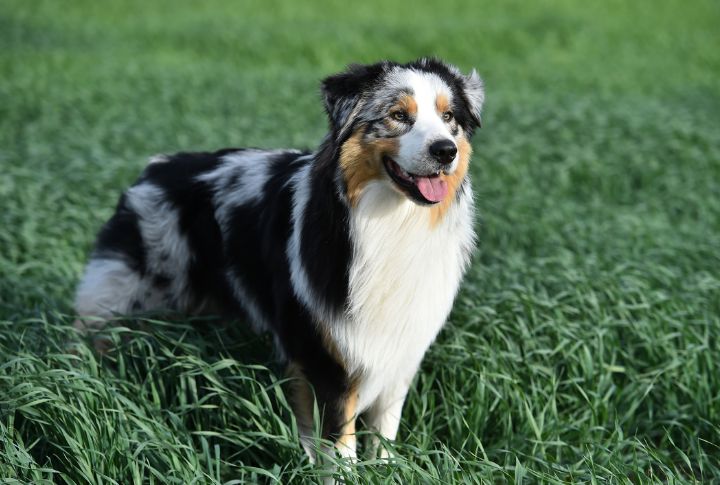
The Australian Shepherd is a visual delight with its unique coat patterns, ensuring no two are alike. Notably, they exhibit heterochromia, flaunting two differently colored eyes—ranging from brown and blue to hazel, amber, or green—or even multiple hues within a single eye, which adds to their allure.
Catahoula Leopard Dog
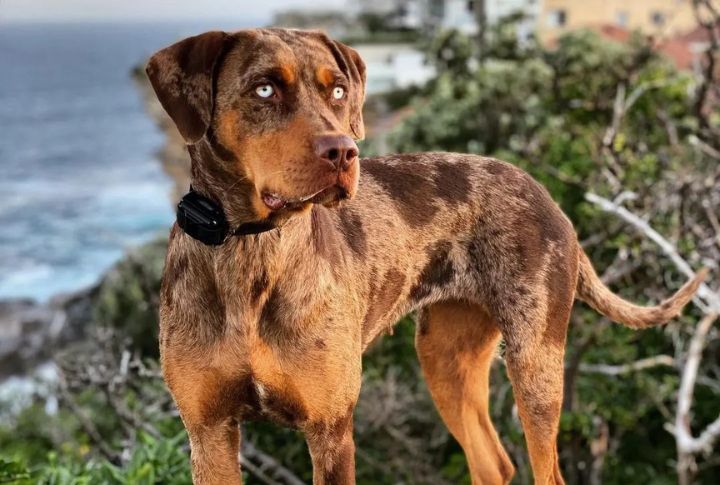
This Louisiana native, named after the Choctaw term for “sacred lake,” features various coat colors. Their eyes display a mix of blue, green, brown, or amber hues. Some Catahoulas even have heterochromia with eyes of different colors or “cracked” eyes, where one iris features two distinct colors.
Chihuahua
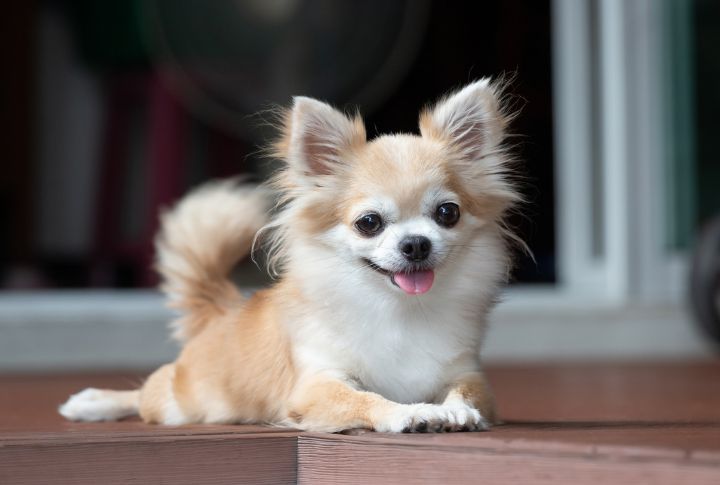
Perfect as a companion or show dog, Chihuahuas are loved for their distinctive “apple-head” shape and fearless spirit. Their eyes can be blue, and some Chihuahuas feature different colors in each eye or even multiple colors within a single iris. These unique eye colors add a touch of fun and beauty to this breed.
Dachshund

The Dachshund, commonly referred to as the “wiener dog,” is a small breed known for its long body and short legs. This breed comes in various coat types—smooth, wire-haired, and long-haired. Additionally, Dachshunds exhibit sectoral and central heterochromia in their eyes.
Dalmatian
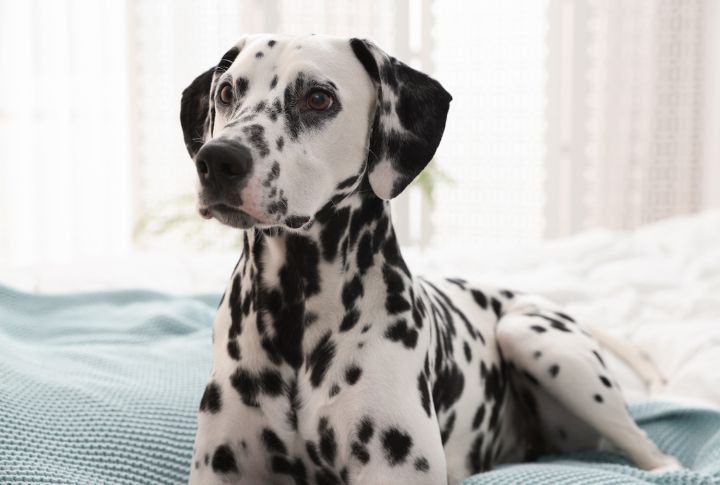
Dalmatian dogs are born with a white coat, and their distinctive spots appear within the first ten days, continuing to develop until they reach about 18 months of age. Heterochromia is more commonly found in dogs with dappled, merle, or white markings, and in Dalmatians, heterochromia iridis is particularly prevalent.
Great Dane

Among the largest dog breeds in the world, Great Danes are cherished for their noble heritage. Some Great Danes may be born with congenital heterochromia, where each eye is a different color. This trait, present from birth, does not affect their vision and is a natural variation rather than a medical concern.
Pembroke Welsh Corgi
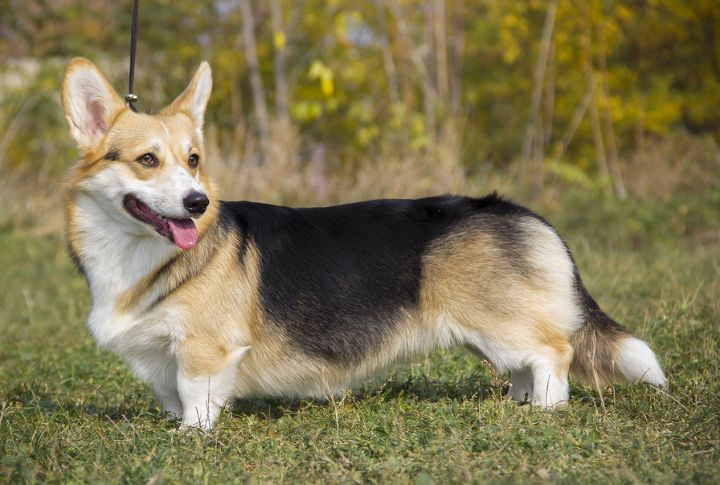
Queen Elizabeth II’s corgis, totaling more than 30 over the years, have truly made this breed a favorite among the royals. Pembrokes have adorable triangular heads with perfectly proportioned ears, giving them an undeniable charm. Their two-toned eyes make them even more elegant and captivating.
Shetland Sheepdog

Usually mistaken for a miniature Rough Collie, the Shetland Sheepdog has a fantastic backstory. Unlike many tiny breeds that evolve from their larger relatives, the Sheltie’s origins trace back to the Spitz-type dogs of Shetland, akin to today’s Icelandic Sheepdog. Furthermore, their heterochromatic eyes make them look truly appealing.





